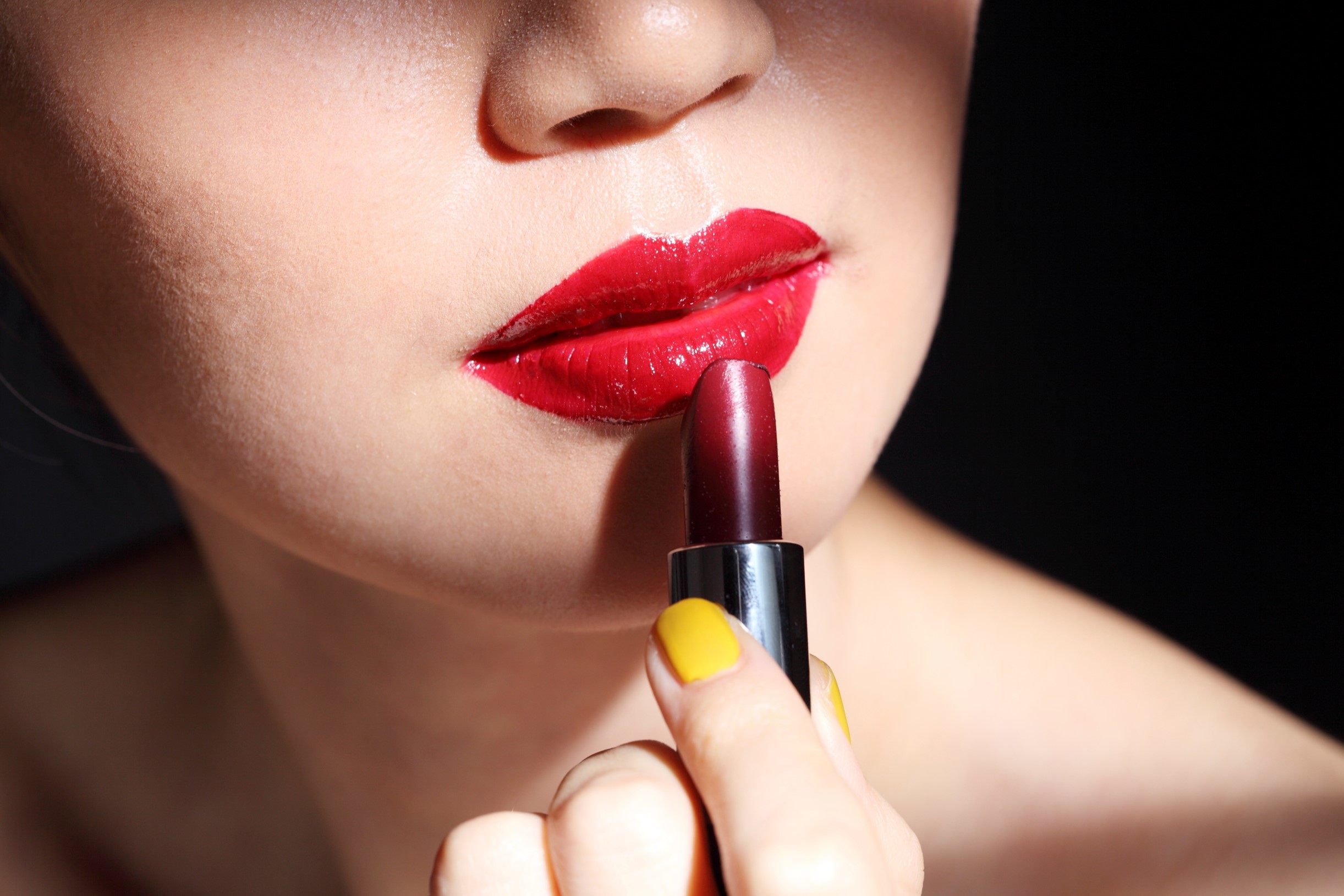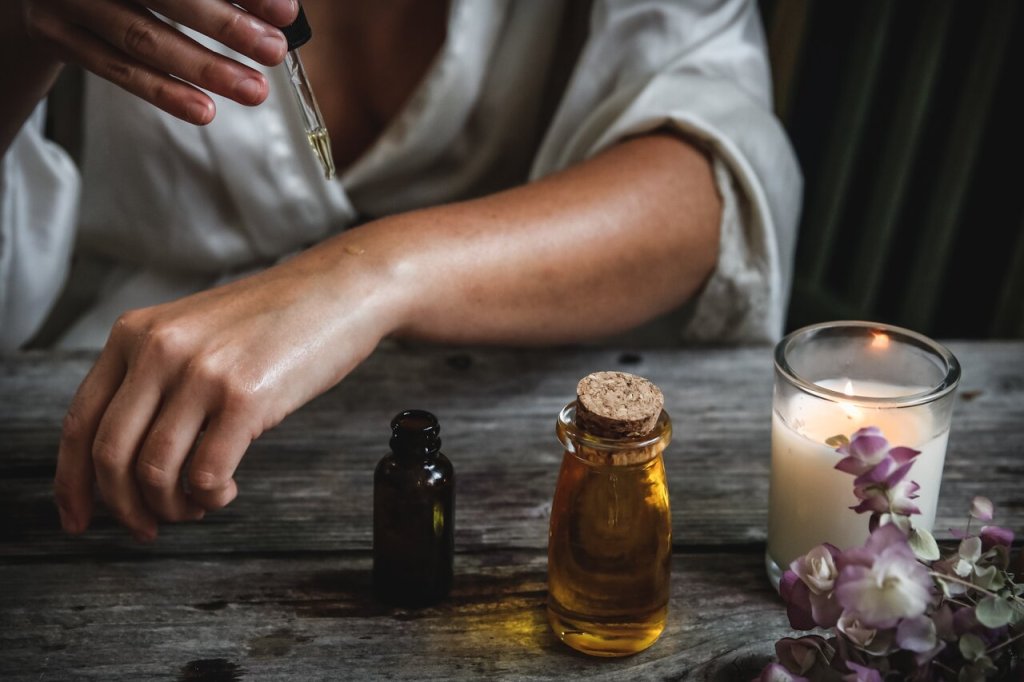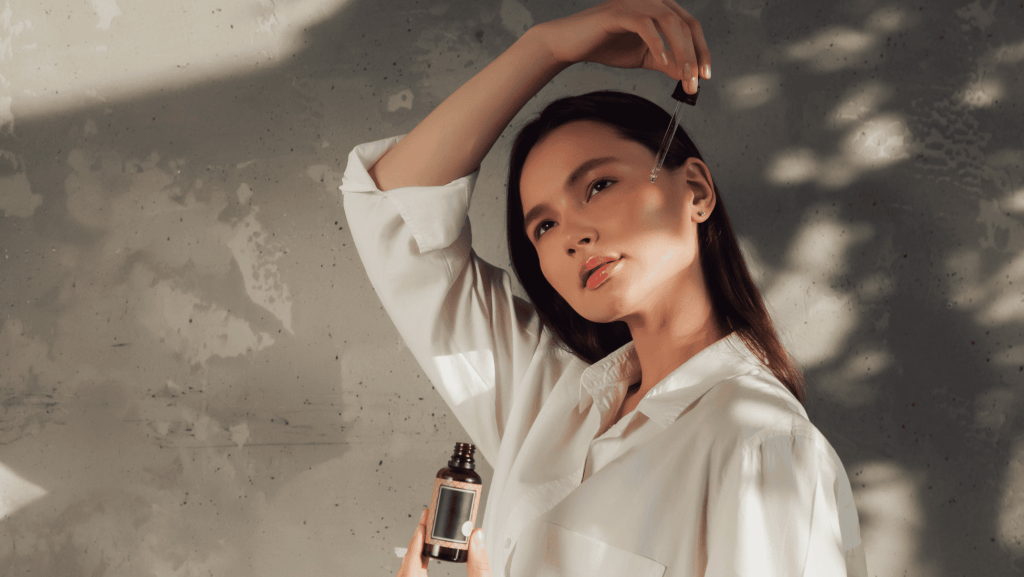4 Key Wellness Trends in Beauty
The rise in “natural” brands is one of the biggest trends we have seen in the beauty industry. But being a natural brand isn’t enough anymore. You need to actively target specific wellness trends if you’re going to attract new customers and continue to grow.
With that in mind, here are 4 key wellness trends in beauty to know:
1. Sustainability
NIQ research has shown that sustainability matters to the public. Almost all consumers (95%) say they are trying to take some action to live sustainably. In fact, in a recent survey, we found that 70% of US consumers find it important to make sustainable choices. 27% of those consumers have already incorporated changes into their daily lives.1 Sustainable products are also often products with more of a wellness focus or include healthier, sustainable ingredients in the formulation. So, sustainable beauty products are filling an important role that consumers are vocal about needing.
When it comes to beauty, clean and sustainable attributes continue to grow and out-pace the total category, even in a time of rising price inflation. Consumers continue to look for brands that are “free from”, cruelty-free, vegan, plant-based, reusable/refillable packaging, low carbon products, and more. The clean and sustainable trend is one where we see enduring growth and interest. It’s safe to say this will be a long-lasting trend.
2. Personalization
One thing is clear, customer personalization is changing the beauty industry. Consumers are increasingly looking for brands and products that feel like they were made just for them, and can solve their unique needs. These needs are often wellness related, with more consumers than ever before dealing with allergies to different ingredients or pursuing a healthier lifestyle and intentionally avoiding those ingredients. In fact, in the US alone, more than 30 million people have allergies to specific ingredient items.2
Personalization can also be a key component for effective beauty product innovation. Understanding the demand for personalization can help you offer unique solutions that disrupt category buying and satisfy unmet needs to bring in new customers. For example, online searches for beauty products “for aging/anti-aging” dropped -8%, while products for “mature women” grew +11% in the past year.3 By innovating around this demand for personalized products with a fresh take on aging, beauty brands are capitalizing on a shift in consumer demand.

Uncover the Latest in Celebrity Beauty Brands
Celebrities are no longer just endorsing products but launching their own beauty brands. But in an already crowded market, is a famous name enough to convince consumers to buy a brand?
3. Clean Beauty
Demand for clean beauty and personal care products is continuing to grow fast, but consumers are more discerning than ever before about the ingredients they want. Unfortunately, “clean beauty” is a broad term that can be difficult to pin down or define. More than half of all beauty and personal care products are now paraben free. As more products remove sulfates, phthalates, and more to become cleaner, the market gets smaller yet sales growth gets stronger.4 Understanding what your target customers consider “clean” is key.
A growing portion of consumers are also considering not only what the packaging is made of but also whether it can be refilled, recycled, or composted. Clean beauty and sustainability are going hand-in-hand for a rapidly growing segment of the market. Aligning with this growing market early may be the difference between strong growth and stagnation for the rest of the year and beyond.
4. Self-care
Another area where consumers are putting their focus is self-care. Coming out of the COVID-19 pandemic into an economic downturn, more consumers are seeking to handle their own care. According to NIQ’s 2023 Consumer Outlook, 46% of consumers identified physical or mental wellness as one of their top priorities in 2023.5 There are many ways that consumers are choosing to use beauty products to fill this need.
First, they’re actively seeking to improve their physical health. Using the right beauty products can help to keep skin, hair, and nails healthy. This can lead to a number of physical benefits, such as reduced acne, stronger hair, and healthier nails. Consumers are also using them to reduce stress and anxiety. Taking the time to pamper themselves with beauty products can be a great way to relax and de-stress. This can be especially helpful if they’re feeling overwhelmed or stressed out. If your beauty products align with these needs, you can use product attributes and marketing to attract this group of consumers and grow.
How to Use Wellness Trends to Grow Your Beauty Brand
To leverage wellness trends and foster the growth of a beauty brand, you first need to understand the shifts in the market. Stay informed about emerging wellness trends by monitoring industry publications, social media, and consumer behavior. Identify trends with a synergy between wellness and beauty, such as clean beauty, natural ingredients, or mindfulness practices. This can give you insight into the future of the industry and where your brand falls.
You also need to invest in the right data analytics for both forecasting and tracking. Monitor the impact of your efforts by tracking sales, customer feedback, and engagement metrics. Be prepared to adapt your strategies as wellness trends evolve and customer preferences change. By incorporating wellness trends into your beauty brand, you can attract health-conscious consumers seeking a holistic approach to beauty, ultimately driving growth and building long-lasting customer relationships.

Make Your Brand Growth Beautiful with NIQ
Understanding how wellness trends are impacting the beauty industry can help you better plan your brand trajectory. Investing in the best data and industry insights can make all the difference.
NIQ tracks 1,000+ attributes across total store and 250+ NIQ-only attributes. This means you can get granular with Product and Label Insights and act on them effectively with our expert insights and support.
For emerging beauty brands, our Byzzer™ platform can help by providing comprehensive reports and guidance. We’ll help you understand shoppers’ needs and behaviors better at a price fit for your budget. You can even start out with a free account to get a taste.
Sources:
1 NIQ Report – The changing story of sustainability
2 NIQ Brandbank Report – The Importance of Labelling
3 NIQ Report – 2023 Health & beauty innovation report
4 NIQ Report – Clean Beauty: 3.0
5 NIQ Report – 2023 Consumer Outlook




